Hybrid realities: How real-world marketing blends with digital.
And what is the future for this type of brand experience?

Agency Partner & ECD, Andy Sexton, recently took part in a podcast for The Drum, alongside Karen Hu from GreenJinn, Ken Madden of George P. Johnson Experience Marketing and Freeman EMEA’s Trin Basra. They were hosted by The Drum’s Senior Tech Reporter Chris Sutcliffe.
The podcast focused on ‘phygital realities’, how they’ve exploded onto the scene in recent years, who does them well and what the future looks like for this type of blended experience. This article captures the essence of the conversation, but please do take a listen to the whole podcast too, available here.
Introduction.
It’s fair to say brand experience is changing. Content, technology and data are redefining expectations and transforming people’s relationships with brands. Connection is on the rise – experiences are increasingly more responsive and we demand ever-more curation and personalisation.
During Covid-19, virtual events proved that pure content isn’t king. We crave in-person physical experiences and connecting with people matters more than consuming content – it’s connective content that makes unskippable experiences.
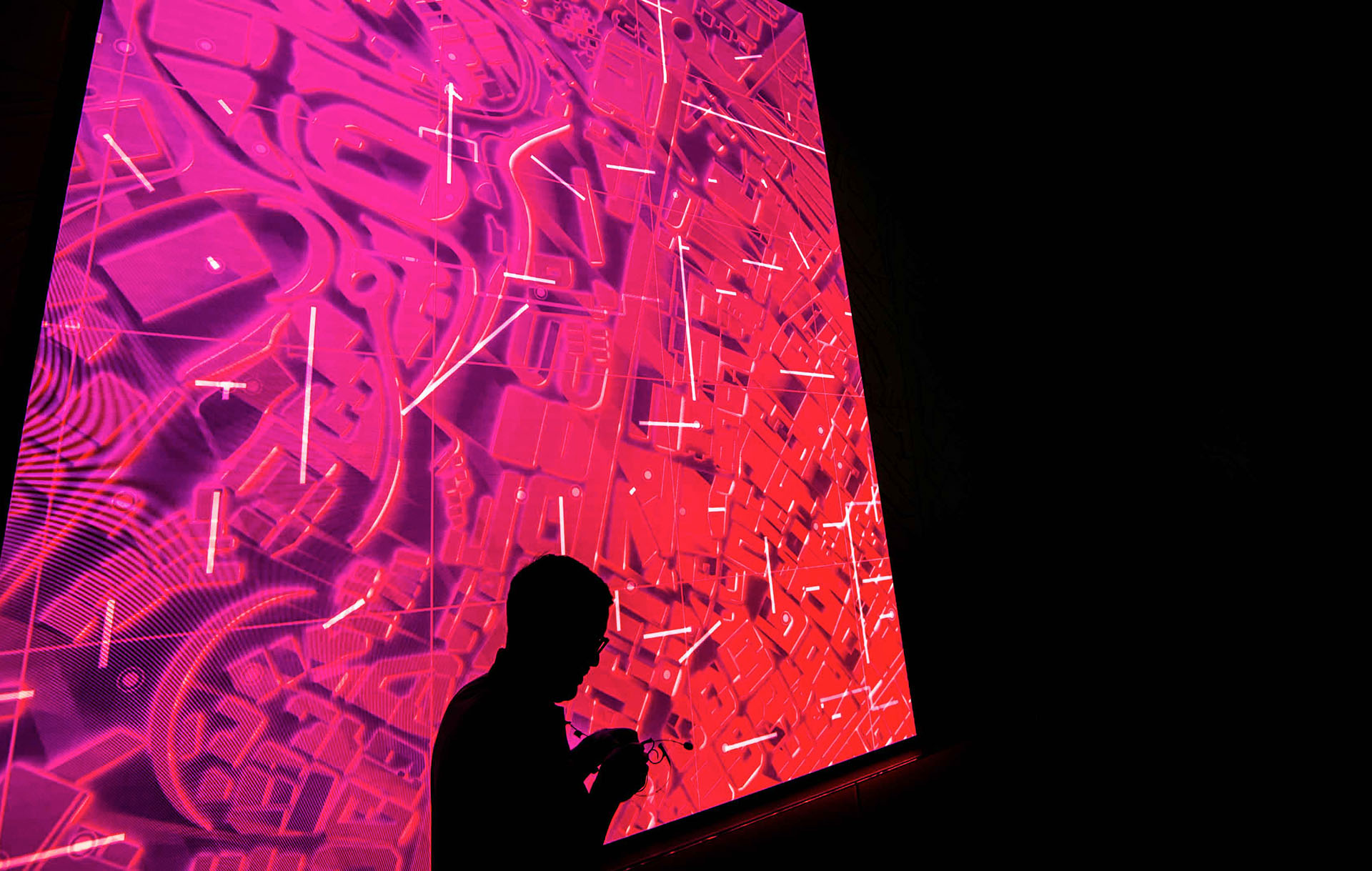
Who does hybrid well?
A brilliant consumer role model in the space is Ikea – not just their product placement and planning services but their everyday experiments. Their Copenhagen innovation lab SPACE10 is a prime example – they research and design meaningful products or services aimed at making life better.
Innovations such as their AR blanket fortresses for kids, visualisation of different kinds of sound in space, their lamp light simulator and gestural lighting control – they do a fantastic job of hinting at the future.
They’ve got an advanced digital infrastructure which helps, as many modern experiences rely on having the necessary framework on the back end. The consumer is looking for simple things, and they’ve stayed true to that. They’re not asking people to massively change their behaviour – it’s all additive and it’s straightforward. The spirit of the brand gives them a head start, you come to expect it from them.
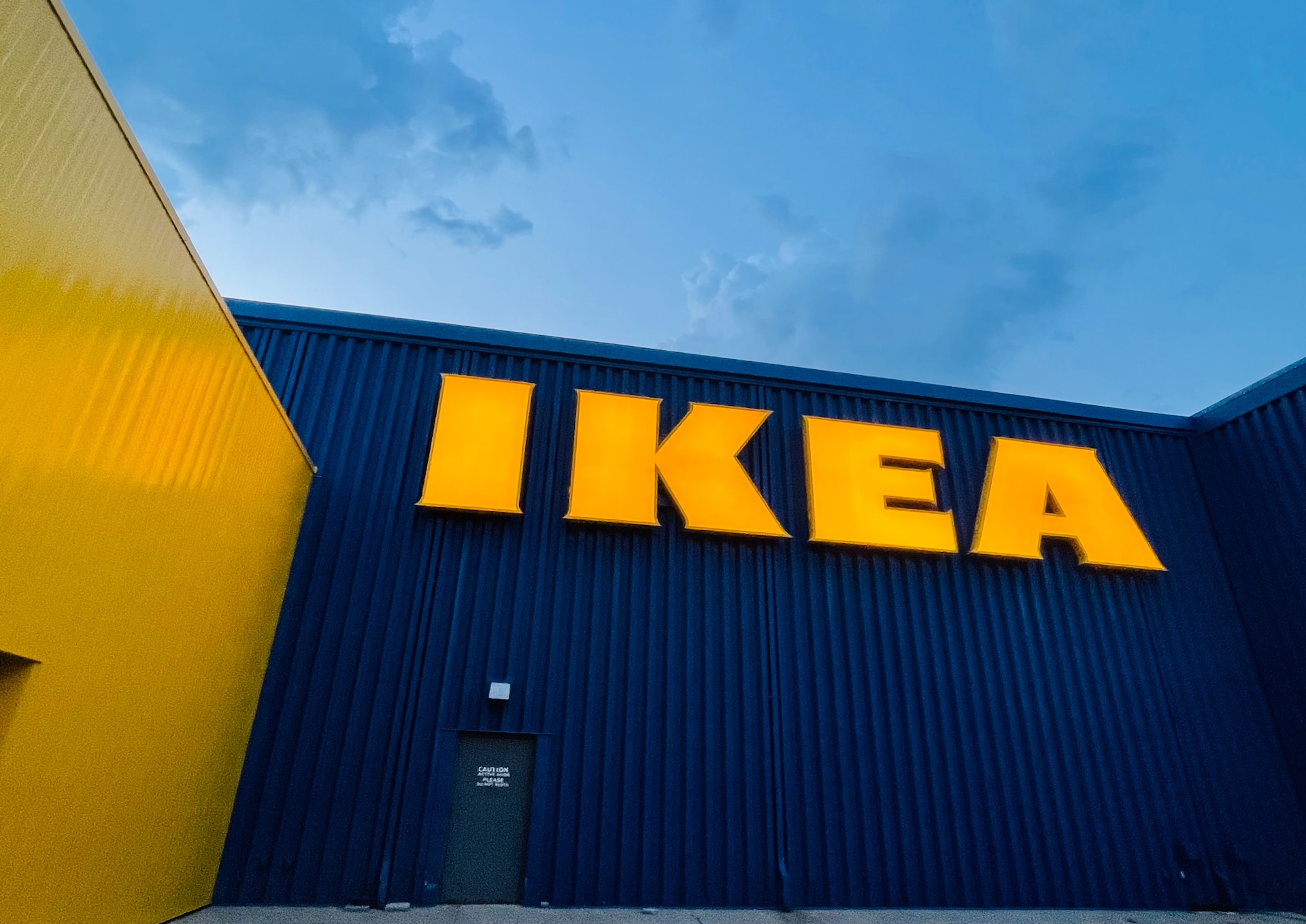 Photo by Jueun Song on Unsplash
Photo by Jueun Song on Unsplash
What sectors are particularly well-primed to take advantage of the developments in hybrid marketing?
The exciting developments are way beyond the obvious online ordering, AR navigation and digital commerce platforms. There are a lot of still relatively conceptual technologies that haven’t found their true voice yet – lots of promise but not much proof. Opportunities are everywhere, with much hype and even more investment. Retail has been the most boosted so far, that said, it has the most to gain by elevating the relevance of bricks and mortar.
It’s likely the entertainment industry will drive a lot of change from being a passive observer of a story to having agency in how it plays out, immersing the audience in different worlds.
It’ll then progress with more utility into industries such as healthcare, which has traditionally been slow to adopt. However, during the pandemic a new need drove an enormous, high paced change in simple things, like how we access records and attend consultations – blending the physical and the digital together to improve patient care, surgery and accessibility. That’s when it becomes meaningful.
Digital also twins into any and all industrial contexts (agriculture, manufacturing etc.) so expect advances in that realm.
There’s a lot of change afoot, taking us out of the mindset where technology is elevating an experience and getting to a point where technology is entirely invisible, and seamless.
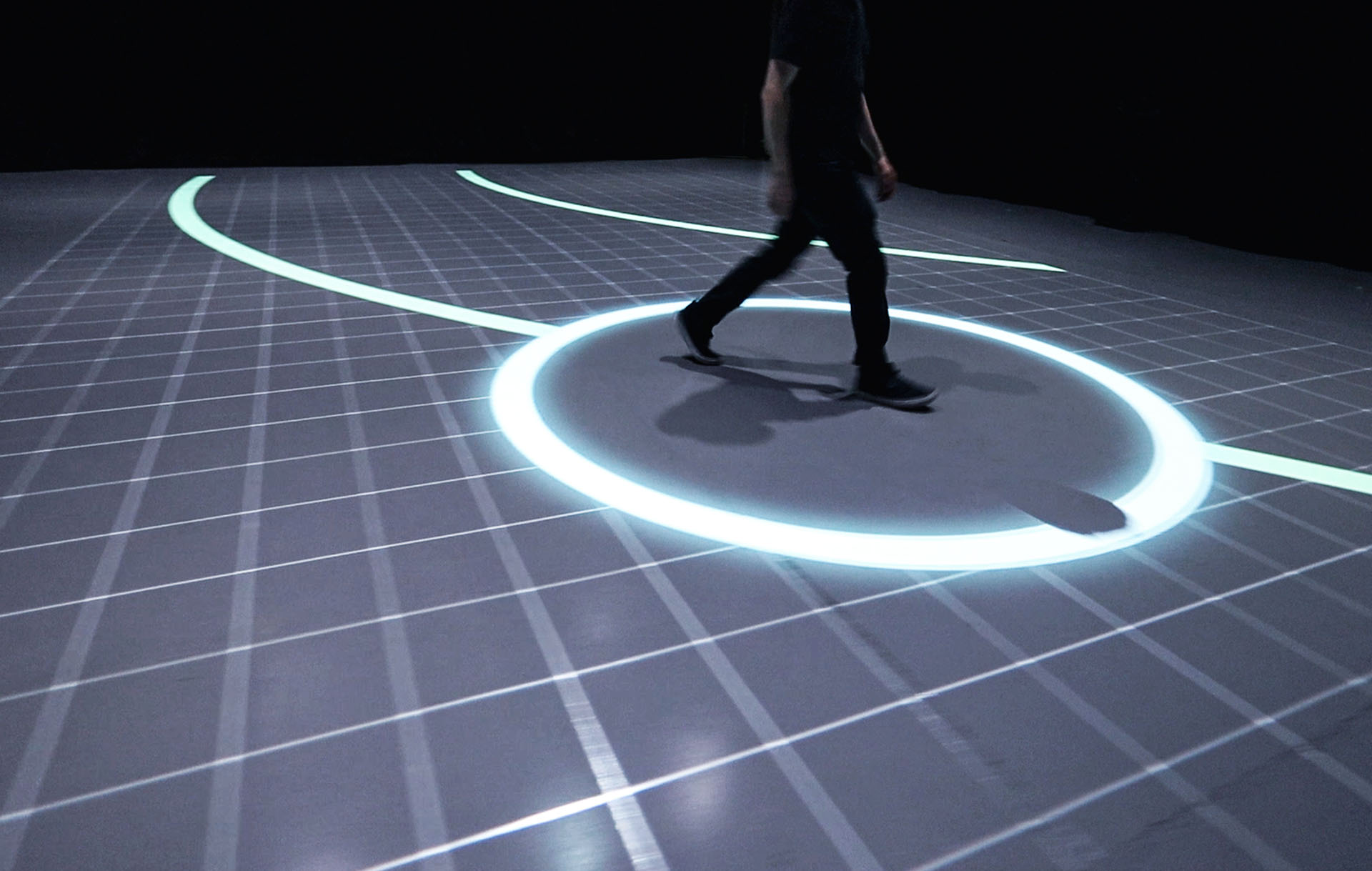
How do you go about measuring the success of a hybrid campaign?
This is tough as it involves bringing together insights from a lot of places and you have to think about it as a single campaign rather than two separate disciplines.
There are many channels at play and many interactions. In some cases you have to take the burden of measurement off, for example when we’re doing lighthouse projects around new technologies that are asking our audience to behave in different ways. It’s okay not to have all the answers and sometimes success can’t be measured through traditional methods so learning something is where the success lies.
There’s a huge amount of data that comes from any cloud interaction, there’s almost too much to look at and data can be manipulated to the desired outcome. Exploring qualitative data rather than getting sucked into the myriad of quantitative data, and revisiting some traditional methods such as focus groups, is key.
A great example of this was a 2022 project at the National Gallery called ‘The Keeper of Paintings’ imagined by creative reality company ARCADE. The project used AR to encourage children to explore the gallery and learn about its paintings, involving a fictitious ‘Keeper of Paintings’ which they had to guide through a series of challenges.
AR was used sparingly with an intentional focus on fostering interaction between the user, the venue, and the people they were with. The strategy was to keep screen time low – it was a gateway to get participants in and then go off exploring the physical exhibition. The post-project analysis involved talking to kids and basically finding out what they remembered – a reminder to keep measurement simple and single minded.
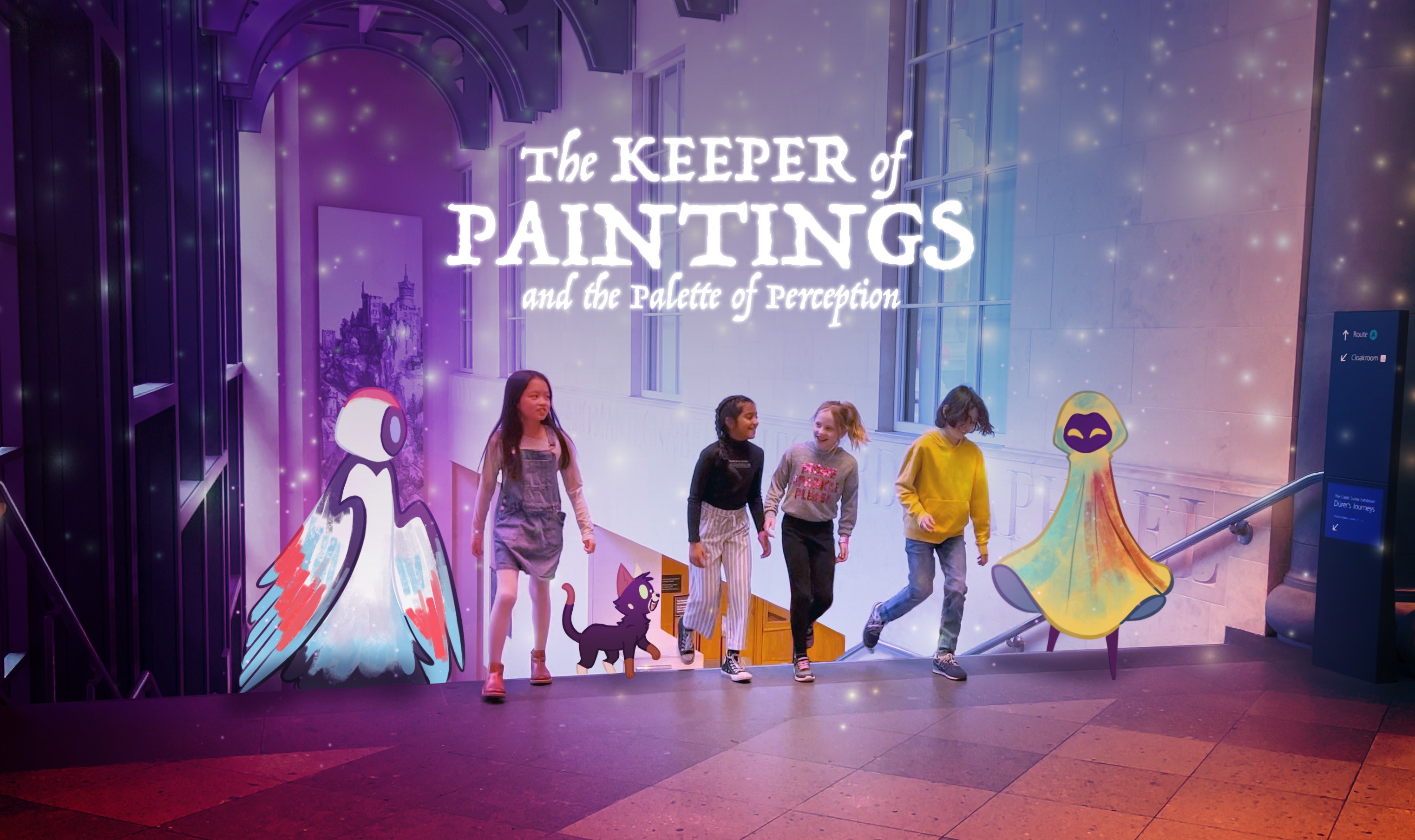
What are you most excited about when it comes to the future?
Being able to move from experiences that are elevated by technology, to ones that are no longer encumbered by it. When we start to break down the invisible wall and remove the screen from the experience. With the rapid advent of AI, the way we interact with machines will change, we might not be using a mouse and keyboard much longer. These could be replaced with gesture, gaze and predictive everything!
Hardware is catching up, connectivity and edge infrastructure is going to be a great enabler and 6G and AI will fuel everything.
Get ready for different immersive digital worlds, content experiences that go beyond the rectangle, the spatial UI – the frontier of spatial design and embodied experience. The emergent possibilities of designing at scale and on site. The amplification of human ability with wearable technology…
There’s a plethora of different opportunities to shape our interactions with technology, what it does for us and where it sits in our human connectivity suite. Taking into account the current pace of change, some of these things might not be as far away as they sound.
That said, the adoption curve is complex as we’re dealing with so many nascent and overlapping technologies. Many things are finally going to come together when we build faster, stronger networks – complete unification across all these tools and technologies is where it starts getting really exciting. At present, we’re somewhere between novelty and utility, but are rapidly approaching a world where new design realities are both invisible and unavoidable.
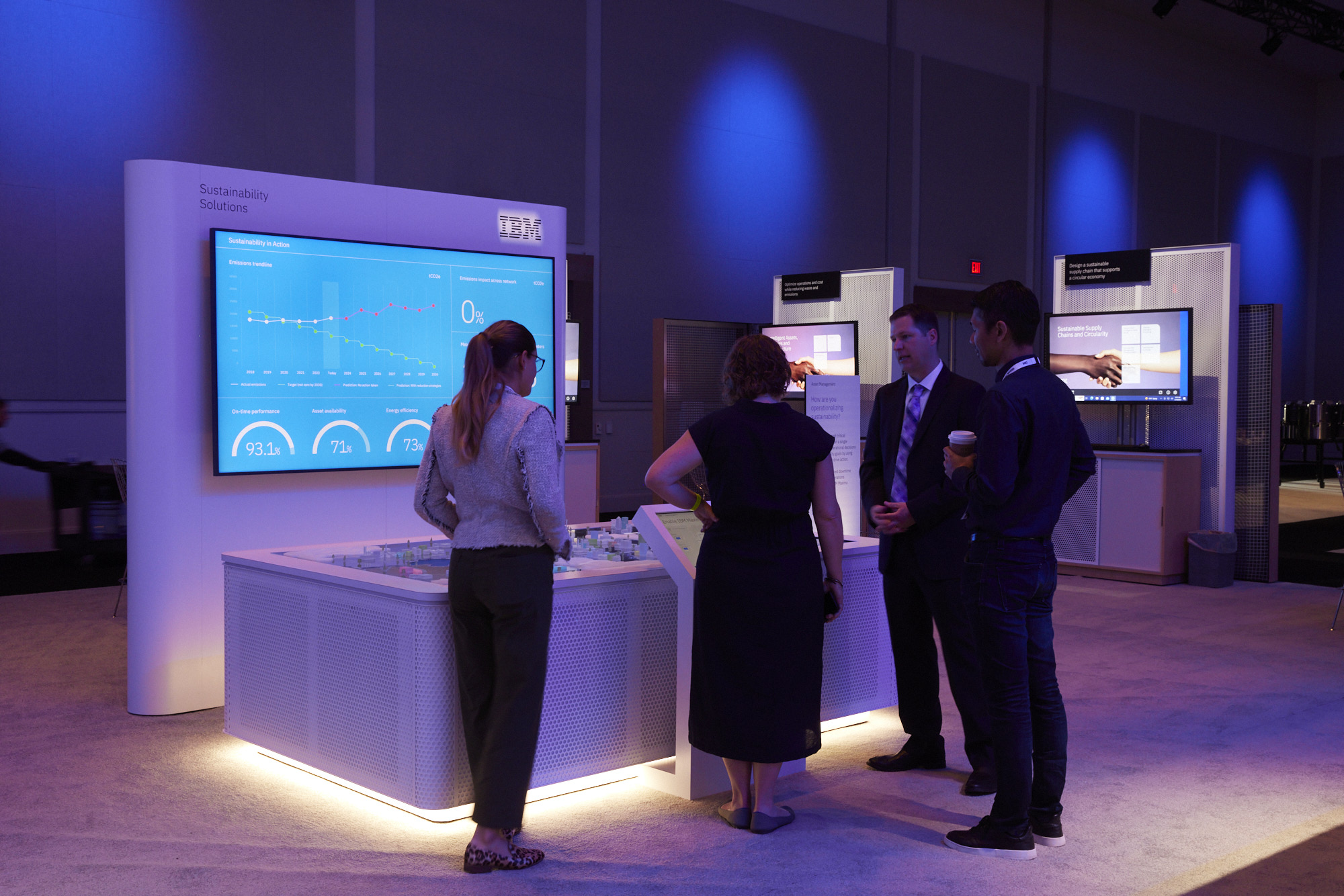
A final word of caution.
We must avoid incorporating tech for tech’s sake. Just because we can, doesn’t mean we should! First mover advantage is great, but as agencies we need to be mindful of what we promise – there is much hyperbole at present. Digital advances make physical spaces and moments more important than ever – they have evolved, but the pandemic taught they are irreplaceable.
Let’s talk.
If you’d like to discuss supercharging your brand experiences, contact us to make the most of moments that matter.
More reading:
Workstreams of the future: Creating agile enterprise events
Five key takeaways from WXS 2023
What do clients really think? A 2LK observation